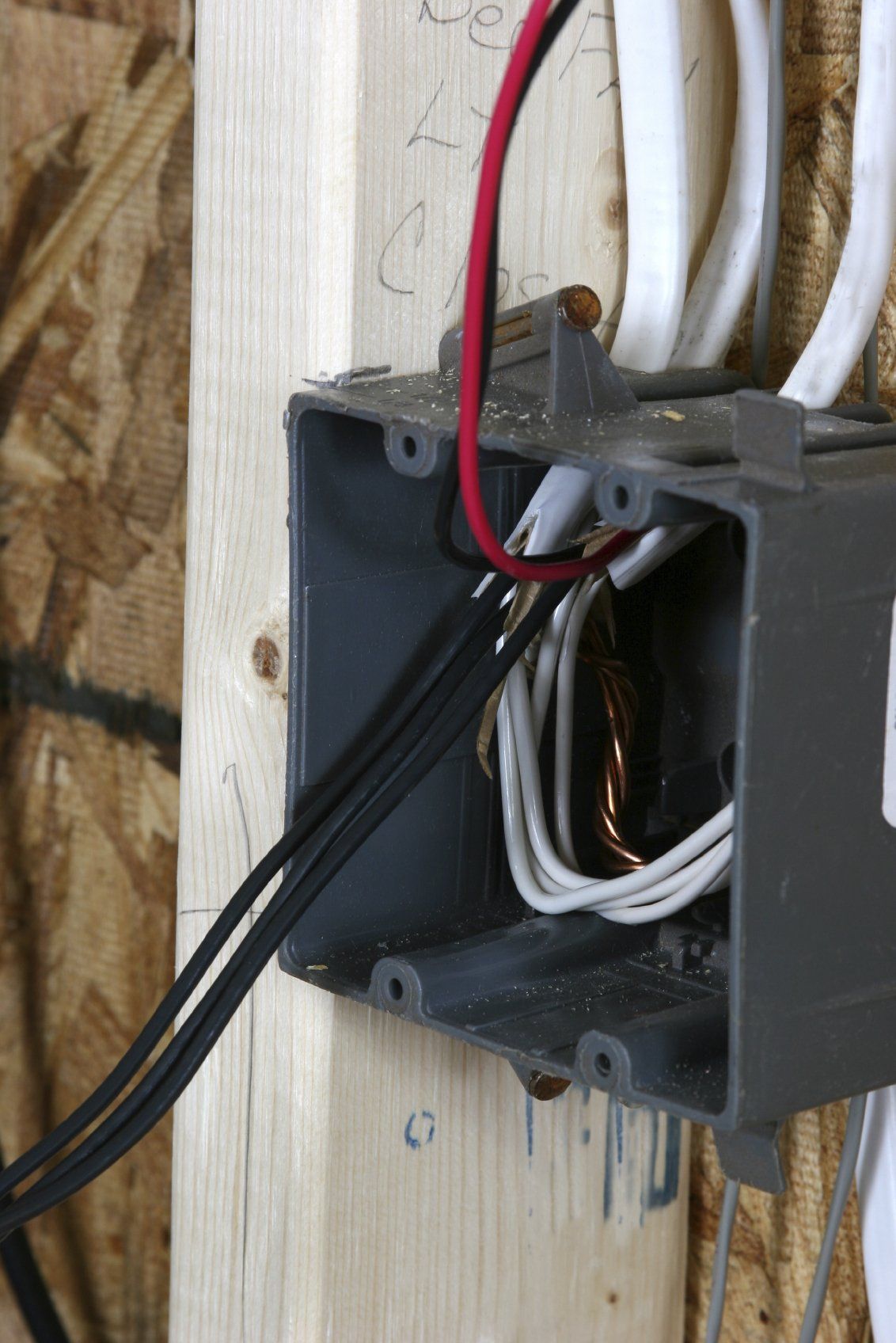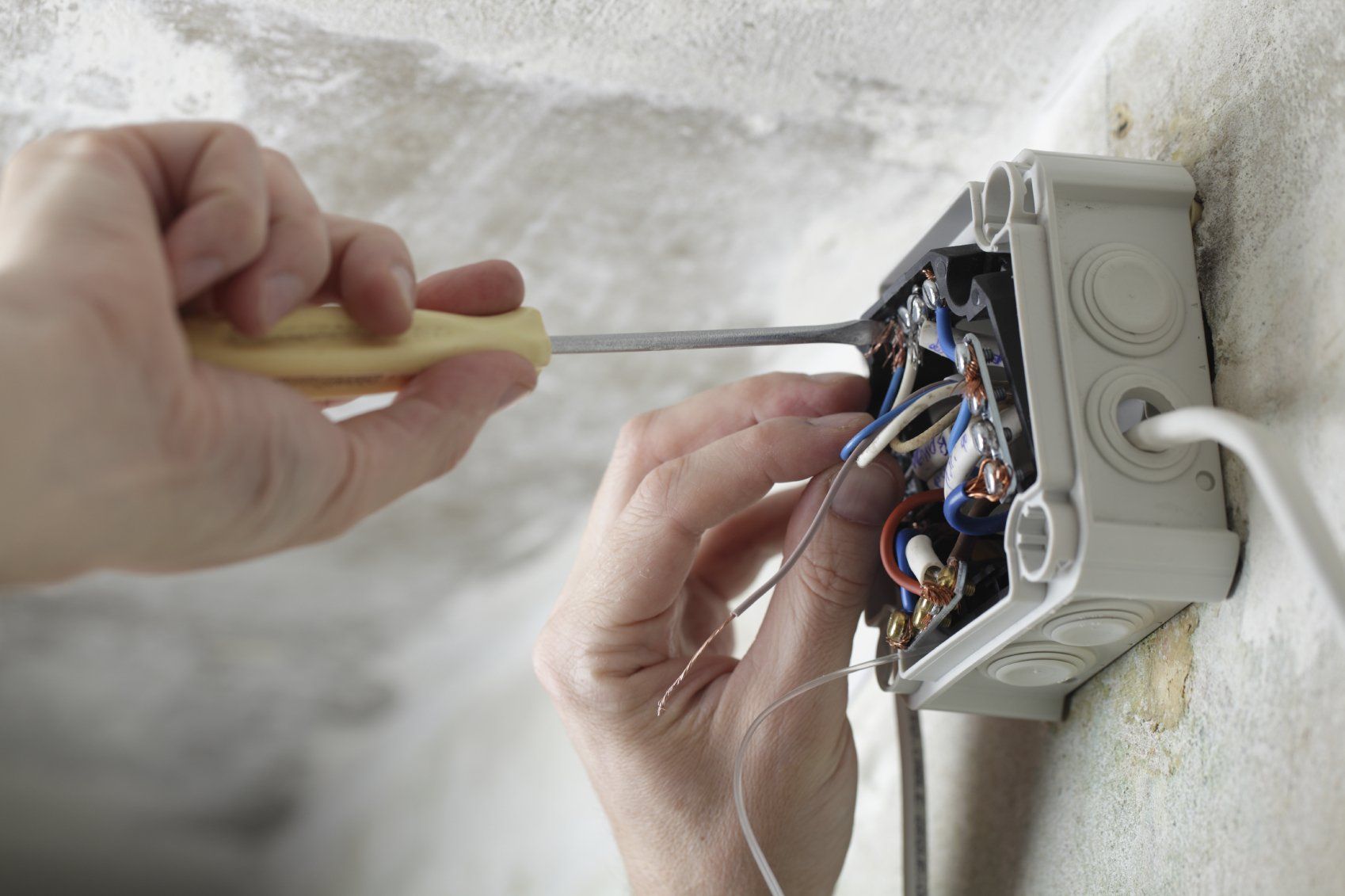10 Common Mistakes Every Electrician Should Avoid
Disclaimer: The following instructions are intended for licensed electricians who have the necessary skills and experience to perform electrical work safely and correctly. This guide is only meant to refresh your memory and does not cover all the details or variations that may apply to your specific situation. This guide is not a substitute for proper training and certification, but rather a refresher of the basic steps and precautions involved in installing or repairing electrical systems. You must always follow the national and local electrical codes and regulations that govern your area. Failure to do so may result in serious injury, property damage, or legal consequences.
Here are 10 mistakes you should avoid as an electrician.
Projects without a permit
Always check with your local building department to see if a permit is required for your project. If it is, make sure to obtain one before starting the work.
One of the most important steps in planning any construction or renovation project is to check with your local building department if a permit is required. A permit is a legal document that authorizes you to perform certain work on your property, such as adding a room, installing a fence, or replacing a roof. A permit ensures that your project meets the minimum standards of safety, health, and environmental protection set by your municipality. It also allows the building department to inspect your work and verify that it complies with the codes and regulations. If you fail to obtain a permit for a project that requires one, you may face serious consequences such as fines, penalties, delays, or even demolition of your work. Therefore, it is always advisable to contact your local building department before starting any work on your property and follow their instructions on how to apply for and obtain a permit.
Grounding methods
Make sure to follow the National Electrical Code (NEC) guidelines for grounding methods. If you're unsure about the proper grounding method, consult with a licensed electrician.
Grounding methods are essential for ensuring the safety and performance of electrical systems. Grounding refers to the connection of electrical systems to the earth, which helps limit the voltage imposed by lightning, line surges, or unintentional contact with higher-voltage lines. Bonding refers to the connection of metal parts, such as enclosures and raceways, to establish electrical continuity and conductivity. Bonding ensures that there is an effective ground-fault current path that references back to ground and helps operate protective devices such as circuit breakers and fuses.
The National Electrical Code (NEC) provides guidelines for grounding and bonding of electrical systems in Article 250. The NEC requires different actions for grounded and ungrounded systems. For grounded systems, the NEC requires electrical system grounding, electrical equipment grounding, electrical equipment bonding, and bonding of electrically conductive materials. For ungrounded systems, the same actions are required except for electrical system grounding.
The NEC also specifies requirements for grounding electrodes, grounding conductors, bonding jumpers, equipment grounding conductors, methods of connection, and testing procedures . Some of these requirements include:
- The NEC requires a minimum of two grounding electrodes unless one electrode has a resistance to earth less than 25 ohms.
- The NEC permits ground rods to be spaced as little as 6 feet apart but recommends spacing them a minimum of twice the length of the rod apart.
- The NEC requires that all metal parts that are likely to become energized shall be bonded together using a main bonding jumper or a system bonding jumper.
- The NEC requires that all connections for grounding and bonding shall be made by exothermic welding; listed pressure connectors; listed clamps; listed fittings; or other listed means that ensure a permanent and effective connection without damaging conductors.
Grounding and bonding are not the same thing but work together to ensure the safety of electrical systems. It is important to follow the NEC guidelines for grounding and bonding methods. If you are unsure about the proper grounding method consult with a licensed electrician.
Box sizing
Always use the correct size box for the number and size of wires you're working with. The NEC provides guidelines for box sizing.
Installing cable without a clamp
Always use a cable clamp to secure the cable to the box. This will prevent the cable from being damaged and will also help to prevent electrical fires.
Insufficient electrical bonding
Make sure to follow the NEC guidelines for electrical bonding. This will help to prevent electrical shocks and fires.
Overcrowding holes with too many wires
Always use the correct size box for the number and size of wires you're working with. The NEC provides guidelines for box sizing.
Mixing line- and low-voltage wires
Never mix line- and low-voltage wires in the same box. This can cause electrical shocks and fires. Always keep them separated.
Not using a splice box when installing a new light fixture
Always use a splice box when installing a new light fixture. This will help to prevent electrical fires.
Putting HVAC ducts too close to carbon-monoxide and smoke detectors
Make sure to follow the manufacturer's guidelines for installing carbon-monoxide and smoke detectors. This will help to ensure that they function properly and will also help to prevent false alarms.




